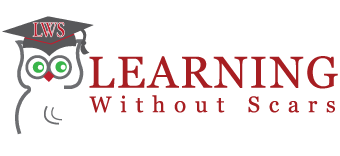The men and women in the electrical audit team are routinely confronted by on-the-job challenges due to a myriad of complexities and safety considerations involved. These ever-changing challenges have reached a point where the skills and knowledge of employees now make a critical difference in developing and maintaining electrical systems. The challenges electrical auditors face includes, but are not limited to: ensuring safety, accessing areas, identifying hidden issues, interpreting technical data, timing constraints, effectively communicating and documenting workflow, and keeping abreast of new technologies.
To address these challenges, the Comprehensive Skills Assessment or CSA covers all electrical subject matter required in the course of performing an electrical audit. In assessing this position, we have taken all of the classes involved in the electrical business and created a job assessment questionnaire. More than 900 questions from the pretest and final assessment of all classes were boiled down to one-hundred essential multiple-choice, true/false, and yes/no questions comprising the CSA.
The results from the CSA categorize the skills and knowledge of the individual being assessed into one of our four levels of accomplishment: Developing, Beginning, Intermediate, and Advanced. These assessments can be used, in conjunction with background checks and interviews, to screen applicants before they are hired.
The genesis of the CSA has been to enable employers to create a specific employee development program for each employee in the electrical audit team. In addition, it can be used in the annual performance review for each employee. It can even be used as a foundation piece of information related to wages and salaries for the electrical systems audit team.
